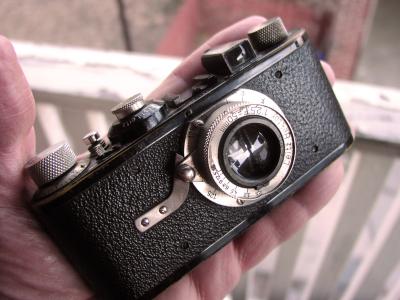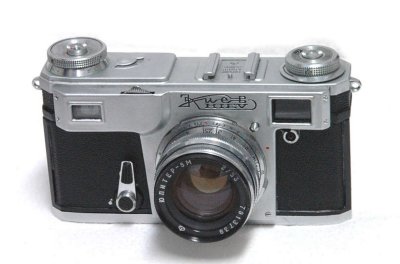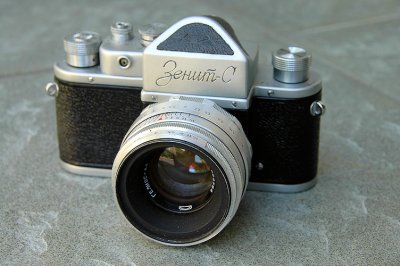





 |
 |
 |
 |
 |
 |
| Mel Snyder | profile | all galleries >> Galleries >> Rare Leica 1(A) with f2.5 5cm lens found! | tree view | thumbnails | slideshow |
 The First Production 35mm Camera: The Leica 1(A) |
 141-.jpg |
 144-.jpg |
 155-.jpg |
 159-.jpg |
 161-.jpg |
 166-.jpg |
 172-.jpg |
 189-.jpg |
 Canon IVs2.jpg |
 Kiev 4A.jpg |
 Leica IIIa.jpg |
 Kodak_Bullet.jpg |
 Zenit_C.jpg |
| comment | share |
| Toby Madrigal | 26-Dec-2012 20:20 | |
| Guest | 26-Jun-2011 00:22 | |
| dave watters | 20-Mar-2010 13:38 | |
| Guest | 11-Jul-2008 06:53 | |
| Guest | 22-Jun-2007 20:06 | |